Caffè Fernanda位于米兰城市最重要的布雷拉画廊的入口大厅内,是世界上主要的意大利画作收藏地之一,CaffèFernanda欢迎博物馆的客人进入这个经过改造的空间,空间体现了该机构的古老遗产和活力。这个咖啡馆的名字来源于Pinacoteca富有远见的前董事Fernanda Wittgens,他在第二次世界大战后重新开放了部分受到毁坏的美术馆,该咖啡馆是一个为期3年的大型项目的一部分,该项目需要重新设计画廊及其艺术收藏品,由米兰rgastudio建筑事务所设计,在美学和策展的方面呼应了翻新的画廊房间。该项目旨在使画廊的新布局具有色彩和材料的一致性,并重新诠释了该空间20世纪50年代的建筑。
Located in the former entrance hall of Milan’s Pinacoteca di Brera, the city’s foremost picture gallery, home to one of the leading collections of Italian paintings in the world, Caffè Fernanda welcomes the museum’s guests in a revamped space that embodies the institution’s venerable legacy and drive for renewal. Taking its name from the Pinacoteca’s visionary former director, Fernanda Wittgens, who managed to re-open the gallery following its partial destruction during World War II, the café is part of a larger, 3-year project entailing the redesign of the gallery and its art collection, designed by Milanese architecture practice rgastudio to echo – both aesthetically and in terms of curation – the renovated gallery rooms.the project is designed to have chromatic and material coherence with the gallery’s new layout, and its reinterpretation of the space’s 1950s architecture.
布雷拉宫殿建于17世纪,由巴洛克建筑师Francesco Maria Richin于17世纪在修道院遗址上建造,最初是一所耶稣会学院,后来成为该市一些主要文化和科学机构的所在地,其中包括佛罗伦萨美术学院,国家图书馆,一所艺术学校,一个天文台和一个植物园。布雷拉画廊是由拿破仑于1809年创立的,用于收藏他征服意大利领土上得到最重要的艺术品。在此期间,画廊由意大利领先的新古典主义建筑师之一Giuseppe Piermarini以新古典主义风格进行改造,之后于1943年在空中轰炸中受到严重破坏。1950年,馆长Fernanda Wittgens和才华横溢的建筑师Piero Portaluppi重新开放博物馆。
Built in the 17th century by baroque architect Francesco Maria Richin on the remains of a monastery, Palazzo Brera was initially a Jesuit college before becoming (in 1773) home to a number of the city’s leading cultural and scientific institutions, including the Accademia di Belle Arti, a national library, an art school, an observatory and a botanical garden. Pinacoteca di Brera was founded by Napoleon a few decades later in 1809 to house the most important works of art from the Italian territories he had conquered. During that time the Palazzo was remodeled in the neoclassical style by Giuseppe Piermarini, one of Italy’s leading Neoclassical architects, before being heavily damaged in 1943 during aerial bombings. It took its determined director, Fernanda Wittgens, and talented architect, Piero Portaluppi, for the museum to reopen in 1950.
咖啡馆的室内设计基于新古典主义建筑,是战后20世纪50年代美学与当代艺术策展方法之间的完美结合,由博物馆现任现代化馆长James Bradburne领导,他的任务是提高参观者的参与度,而不是增加参观者的数量。事实上,这个空间被设计成一个画廊,而不是传统的咖啡馆,几件艺术品占据了该馆的中心位置。
The café’s interior design is based on a fine balance between the grandeur of the neoclassical architecture, the 1950s aesthetic of the post-war renovation, and a contemporary approach to art curation, spearheaded by the museum’s current modernizing director, James Bradburne, whose mission is to boost visitors’ engagement rather than visitor numbers. In fact, the space has been designed more as a gallery and less than a conventional café, with several artworks taking centre stage.
Pietro Damini 17世纪的绘画作品“St. Bernard Converting the Duke of Aquitania”被庄严的挂在酒吧上方,Bertel Thorvaldsen为画家Andrea Appiani建的4米高的丘比特和美惠三女神纪念碑,在空间的另一边占据主导地位,白色大理石在深蓝色墙壁的衬托下引人注目。Marino Marini的Fernanda Wittgens半身像和Attilio Ross的肖像虽然尺寸较小,但同样吸引人。
Pietro Damini’s expansive 17th century painting of ‘St. Bernard Converting the Duke of Aquitania’ majestically hangs above the bar, while Bertel Thorvaldsen’s 4-metre high monument to the painter Andrea Appiani, which depicts in relief the Cupid and the Three Graces, dominates the other side of the space, its white marble seductively standing out against the deep petrol blue of the walls. Smaller in size but as enticing is the bust of Fernanda Wittgens by Marino Marini along with her portrait by Attilio Rossi.
除了展出完美的艺术品外,拥有蓝色墙壁的房间成为画廊中温暖色调的空间,以及桃花大理石地板和Lepanto红色大理石门框的设计,为古铜器和canaletto胡桃木吧台提供了一个绝佳的背景,这些是Portaluppi战后设计的突出特点,吧台的设计让人想起了20世纪50年代的罗纹木制家具。柜台非常薄的黄铜台面被细架子挑起,放在一面大镜子前,这个镜子在发亮的瓶子中间反射出房间另一侧的艺术品。由rgastudio的设计采用可调式LED投影仪安装在轨道上,模仿现有石膏横梁的图案,并作为唯一的光源。
Besides perfectly complimenting the artworks on display, the rich blue colour of the walls has been selected as a harmonious counterpart to the warm hues of the gallery rooms, as well as the peach-blossom marble floors and the Lepanto-red marble door frames, both prominent features of Portaluppi’s postwar design that have been left intact. It also makes for a great backdrop for the antique-brass and canaletto walnut bar counter whose design evokes the ribbed wooden furniture from the 1950s. The counter’s extremely thin brass top is picked up by the slender shelving set against a large mirror that evocatively reflects the artworks on the opposite side of the room amid the glowing bottles. the design by rgastudio incorporates adjustable LED projectors that are mounted on rails to mimic the pattern of the existing plaster beams and serve as the sole source of light.
咖啡厅优雅的桌子上还配有黄铜和胡桃木,现代风格的扶手椅将黄铜与柔和的粉红色室内装饰相结合,突出了大理石表面的颜色。粉红色的扶手椅是欣赏Marini’s Fernanda Wittgens半身像的理想场所,而酒吧的桌子则可以看到Rossi的肖像和Francesco Hayez著名的Kiss作品,它位于画廊的最后一个房间,进一步证实了咖啡馆是被设计成博物馆不可分割的一部分的事实。
Brass and walnut are also featured in the café’s elegant tables while the modernist armchairs combine brass with soft pink upholstery that accentuates the colours of the marble surfaces. The pink armchairs are the perfect spot to sit to admire Marini’s bust of Fernanda Wittgens while the tables by the bar offer good views of both Rossi’s portrait and Francesco Hayez’s famous Kiss, which is located in the final room of the Pinacoteca, further solidifying the fact that the café has been designed as an integral part of the museum itself.
完整项目信息
项目名称:CAFFÈ FERNANDA
项目位置:意大利米兰
项目类型:餐饮空间/咖啡厅
完成时间:2018
使用材料:黄铜、大理石、胡桃木
设计公司:rgastudio
摄影:michele nastasi
















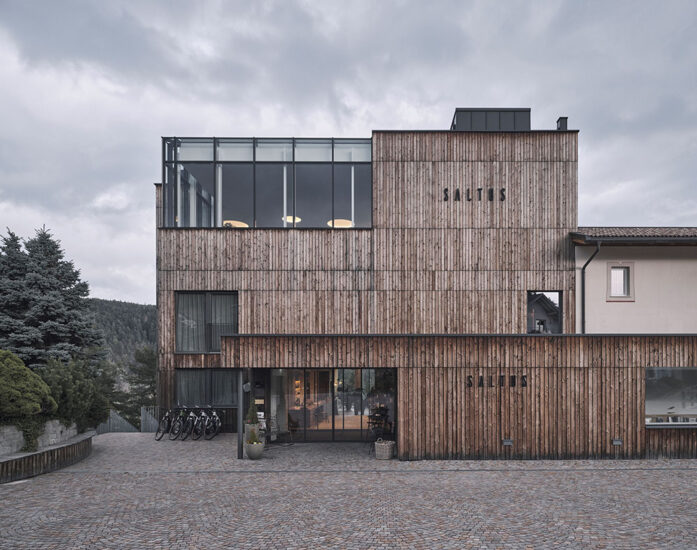

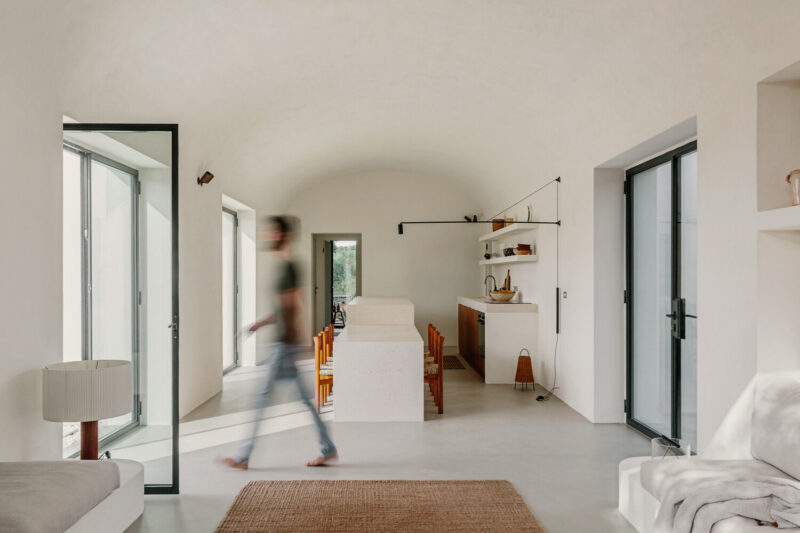
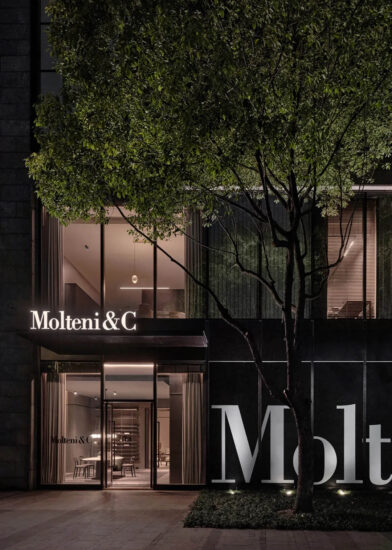
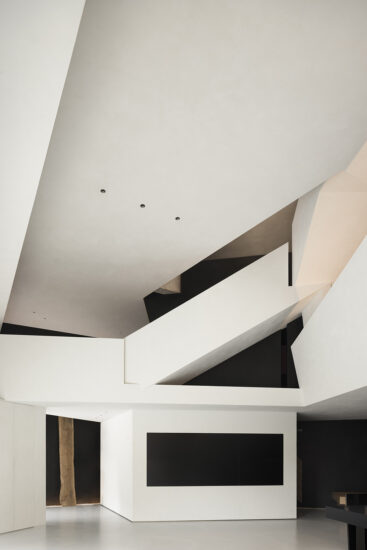
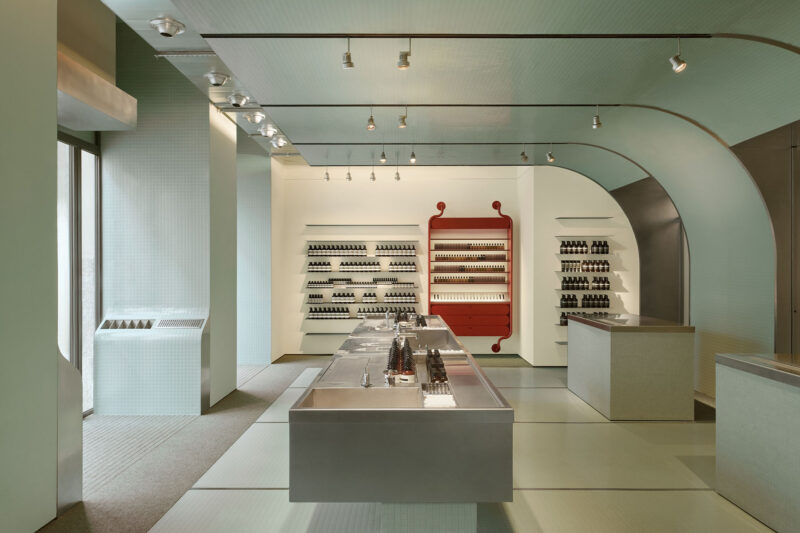
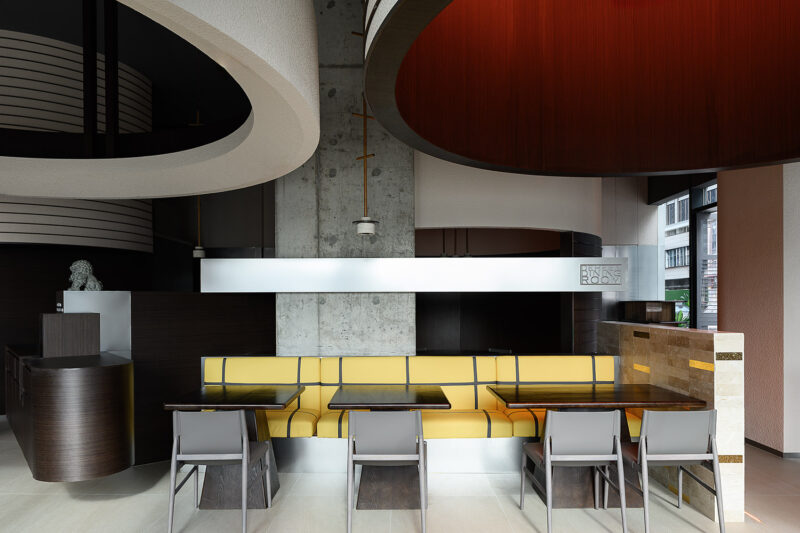
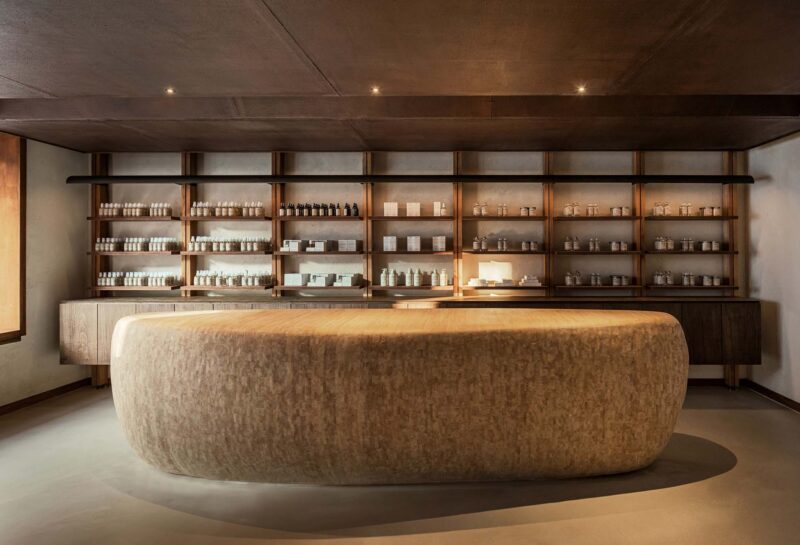
评论(3)
艺术品保存不是对于光照和温度有比较高要求吗,太阳都晒到画作了确定没事?
那你去遮太阳吧
你说的这个艺术品它贵吗